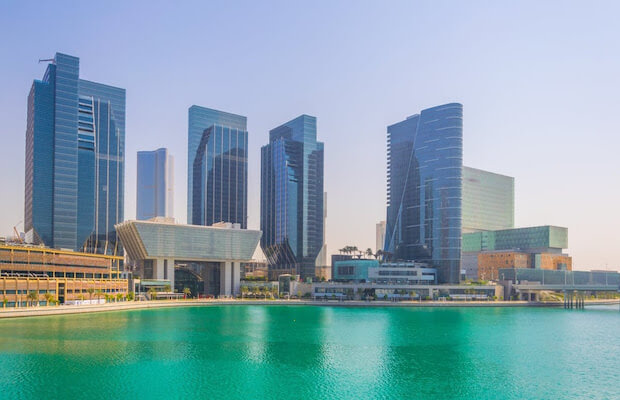The United Arab Emirates (UAE), one of the smallest members of the OPEC cartel, and among Arab nations, continues to remain one of the world’s energy powerhouses. While ranking 116th in size, the country has continued to retain a rank as the world’s 8th largest producer of crude oil. But the country is making headlines for something different now. As a model country preparing for the post oil era.
The UAE has not just paid lip service, but backed it’s promises with serious investments. No wonder the country has been chosen to host the next COP summit this month. The idea is to reduce its dependence on oil revenues, while maintaining its role as a serious energy producer/influencer globally. We showcase 5 ways in which the country has stuck out to fulfill this aim.
Actual Investments :Over $50 billion dollars have already been invested by the UAE into renewable energy, worldwide, across 70 countries. That number straightaway places the country on the podium for the world’s largest backers of renewable energy. Not just that, the country plans to double down on its investments with a further $50 billion investments planned for the coming decade.
The largest clean energy investor in Africa: Africa, which has rich renewable energy potential, and an underdeveloped grid that should be seen as an opportunity to ‘build right’ for renewables, has struggled to attract financing, and investors. The UAE has taken the biggest steps to make a real impact across the continent, with its recent pledge to invest $4.5 billion in clean energy investments in Africa at the landmark Africa Climate Summit in Kenya’s capital Nairobi.
The investments follow its previous investments into the continent. The country has consistently remained among the top 5 investors globally to invest into Africa. Other key Africa focused initiatives include the Etihad 7,a development platform launched by the UAE at Abu Dhabi Sustainability Week in 2022 and spear-headed by the Ministry of Foreign Affairs (MoFA). Announced in 2022, Etihad 7 aims to provide 100 million people across the African continent with clean electricity by 2035.
MASDAR: Founded by the UAE government in 2006 and headquartered in Abu Dhabi, Masdar has emerged as a global leader in renewable energy and green hydrogen, active in over 40 countries. It has invested in a portfolio of renewable energy projects with a combined capacity of around 20 gigawatts (GW), and by 2030 it aims to increase this to at least 100 GW. Over time, Masdar has emerged as one of the world’s largest clean energy companies and the largest in Africa. Importantly, Masdar has led with investments into markets in hitherto ignored regions, be it many parts of Africa or central Asia, showing the way for other investors and developers to follow.
Per Capita Investments Highest: With a population of under 10 million, and global investments (actual and planned or 100 billion by 2030), the UAE comfortably leads the world in terms of investments per capita into renewable energy. At over $10,000 per capita no other country, least of oil a major oil producing country, has made the same level of commitment to renewables as the UAE has.
Leading the Way In the Middle East and Beyond
Domestic market changes: If the decision to hold the COP28 summit at a major oil producing and exporting country drew some controversy, UAE has sought to put doubts at rest with its domestic commitments too. The updated National Energy Strategy, seeks to triple renewable power‑generation capacity and increase the share of clean energy (including nuclear) in the energy mix to 30% by 2030, easily the highest in the region.The country has committed to be carbon‑neutral by 2050.
It’s updated National Energy Policy projects renewables capacity to increase to 14.2 GW by 2030, from 3.7 GW currently. From a target of 5‑GW capacity by 2030 at Mohammed bin Rashid Al Maktoum solar park, it has already reached 2,427 MW, following completion of the 900‑MW fifth phase. Masdar (Abu Dhabi) and ACWA Power (Saudi Arabia) are competing to develop the 1.8‑GW sixth phase.
Although solar will remain the main alternative power source, minor contributions to non‑hydrocarbons capacity will come from waste‑to‑energy (the first phase of a 220‑MW facility at Dubai’s Warsan landfill became operational in early July) and a 250-MW pumped‑storage hydropower project under construction at Hatta, also in Dubai. The fourth and final reactor (1.2 GW) at the South Korean‑built Barakah nuclear power plant is under testing for anticipated start‑up in 2024.


